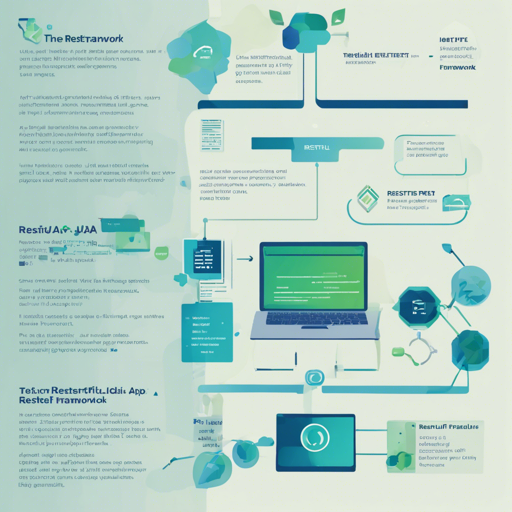Welcome to the world of REST APIs, where the Restlet Framework leads the charge, revolutionizing the way developers create scalable and secure web APIs in Java. In this blog post, we’ll dive deep into how to harness the power of the Restlet Framework and offer troubleshooting tips along the way.
What is the Restlet Framework?
The Restlet Framework is the first REST API framework for Java, designed to provide robust routing and filtering capabilities alongside a unified client and server Java API. This allows developers to craft RESTful web APIs seamlessly, making scalability and security a breeze.
Getting Started with Restlet Framework
Here’s how you can get started with developing your first RESTful API using the Restlet Framework:
- Step 1: Choose Your Platform – Restlet supports various platforms including Java SE, Google App Engine, OSGi, GWT, and Android.
- Step 2: Download and Install – Download the latest version from the Restlet Downloads page.
- Step 3: Set Up Your IDE – Integrate the Restlet library into your IDE. This might involve adding jar files to your project’s build path.
- Step 4: Build Your API – Start crafting your RESTful API using the various features offered by Restlet, from routing to filtering.
Understanding the Code Structure
public class MyApplication extends Application {
@Override
public Restlet createInboundRoot() {
Router router = new Router(getContext());
router.attach("/hello", HelloWorldResource.class);
return router;
}
}
Imagine you are a chef organizing a menu in a restaurant. Here, public class MyApplication is your menu card. The method createInboundRoot() represents how you build that menu – deciding what dishes (or resources) you want to feature. The Router is akin to your headwaiter who guides customers through the menu – when someone orders /hello, they are directed to HelloWorldResource.class, which is the kitchen preparing the meal. This structure ensures that all requests find their way to the right resources efficiently!
Troubleshooting Tips
Even the smoothest of processes can hit a snag. Here are a few troubleshooting tips to keep in mind:
- Issue: API Not Responding – Ensure that your server is running and the endpoint is correctly set up in your router.
- Issue: Dependency Conflicts – Check for version mismatches in your Restlet libraries. Make sure to use compatible versions based on your platform.
- Issue: Permission Errors – If your API is not accessible, verify that your security settings allow inbound traffic.
For more insights, updates, or to collaborate on AI development projects, stay connected with fxis.ai.
Final Thoughts
At fxis.ai, we believe that such advancements are crucial for the future of AI, as they enable more comprehensive and effective solutions. Our team is continually exploring new methodologies to push the envelope in artificial intelligence, ensuring that our clients benefit from the latest technological innovations.
Further Learning Resources
If you wish to dive deeper into the Restlet Framework, here are some key resources:
Happy API developing with Restlet!

